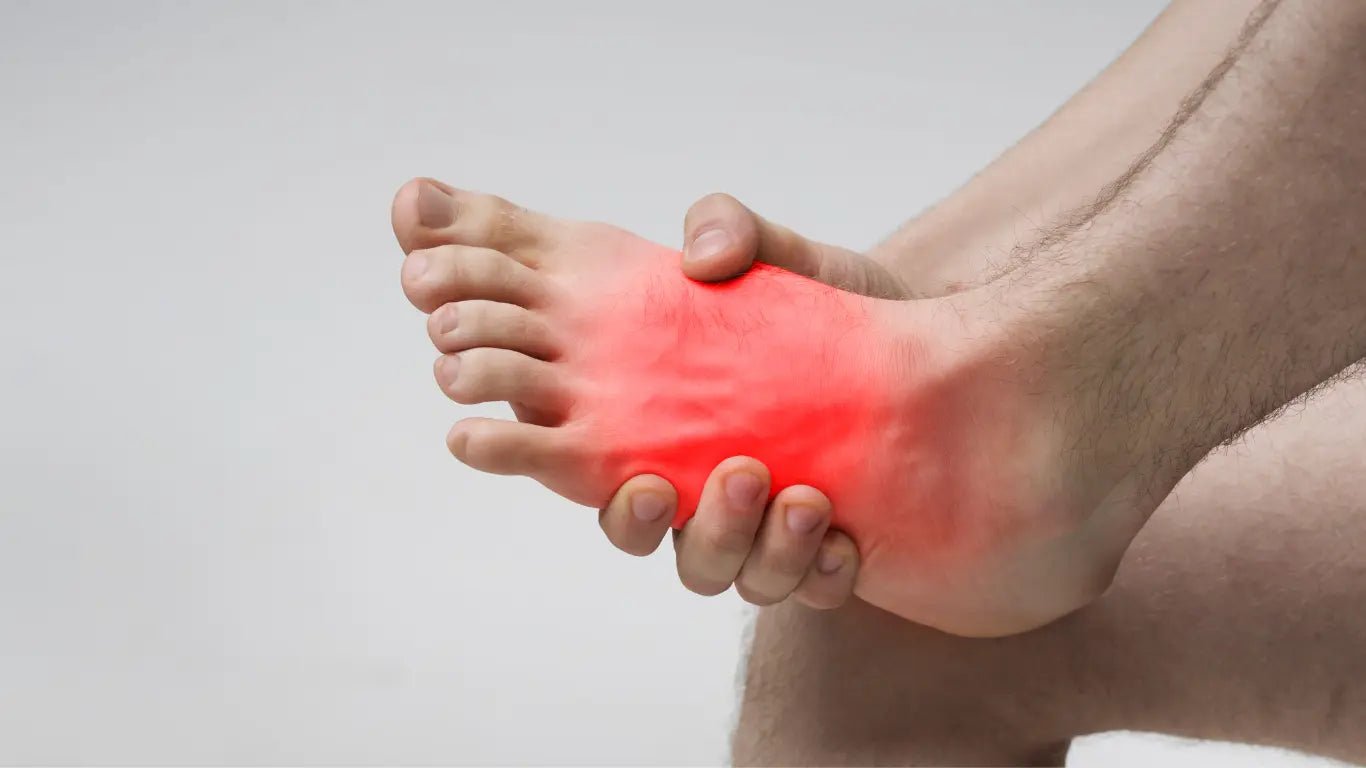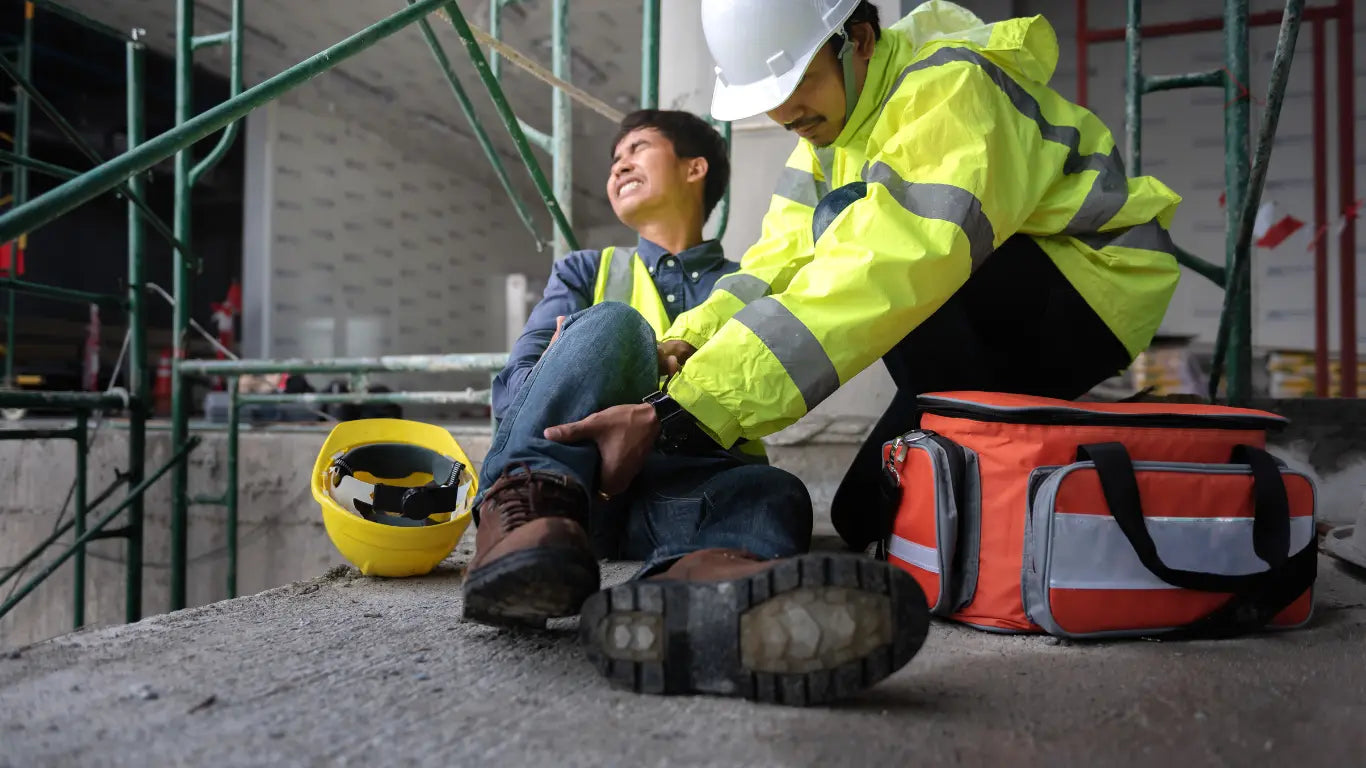In the realm of occupational safety, the importance of quality work boots often goes unnoticed. Yet, these protective shoes play a pivotal role in maintaining foot health and ensuring safety in various work environments.
From construction sites to manufacturing plants, work boots shield our feet from potential hazards. They protect against sharp objects, extreme temperatures, and even electrical charges.
But their significance extends beyond mere protection. Quality work boots can enhance productivity, boost confidence, and even impact job performance.
In this article, we delve into the importance of work boots. We explore their evolution, their role in workplace safety, and their impact on foot health.
We also compare them with standard footwear and discuss how to select the right pair for your industry. Join us as we uncover why investing in quality work boots is a step in the right direction.
The Evolution and Significance of Work Boots
Work boots have a rich history, tracing back to the industrial revolution. Initially, they were designed to protect workers from the harsh conditions of factories and mines. Over time, they evolved, incorporating advancements in materials and design to offer superior protection and comfort.
Today, work boots are more than just protective footwear. They are a testament to the importance of safety in the workplace. They symbolize the commitment of industries to protect their workers from potential hazards. In essence, work boots have become an indispensable part of occupational safety across various sectors.
The Role of Work Boots in Workplace Safety
Work boots play a crucial role in maintaining safety in the workplace. They are designed to shield the feet from potential hazards such as falling objects, sharp materials, and harmful substances. Moreover, they provide traction, reducing the risk of slips and falls on slippery surfaces.
In industries like construction, manufacturing, and logistics, where the risk of foot injuries is high, work boots are not just an accessory but a necessity. They serve as the first line of defense against workplace accidents, contributing significantly to the overall safety culture of an organization.
Preventing Foot Injuries: Statistics and Realities
According to the Bureau of Labor Statistics, over 60,000 foot injuries per year result in lost work days. These injuries not only affect the workers' health and productivity but also lead to substantial financial losses for businesses.
The reality is that many of these injuries could have been prevented with the use of appropriate protective footwear. This underscores the importance of work boots in ensuring the safety and well-being of workers across various industries.
The Anatomy of a Quality Work Boot
A quality work boot is more than just a sturdy shoe. It is a complex assembly of various components, each serving a specific purpose. The upper part, usually made of leather or synthetic materials, provides durability and resistance to wear and tear.
The toe box, often reinforced with steel or composite materials, protects the toes from impact and compression. The outsole, made of rubber or thermoplastic polyurethane, offers slip resistance and electrical hazard protection. Together, these components make up a work boot that is designed to protect and support the foot in challenging work environments.
The Impact of Work Boots on Foot Health and Comfort
Quality work boots do more than just protect the feet from external hazards. They are the foundation for foot health. Quality work boots offer favorable construction and materials as well as cushioning. They are a key component to keeping employees on their feet all day.
Moreover, properly sized work boots can lower the development of foot disorders such as bunions, corns, and plantar fasciitis. By providing the right support and fit, work boots can significantly improve foot health and comfort, enhancing the overall well-being of workers.
Chronic Conditions and the Importance of Proper Fit
Chronic foot conditions can be debilitating, affecting a person's mobility and quality of life. Wearing ill-fitting shoes can exacerbate these conditions, leading to further discomfort and pain. This is where the importance of proper fit in work boots comes into play.
A well-fitted work boot provides adequate room for the toes, supports the arch, and snugly fits the heel. This not only ensures comfort but also reduces the risk of foot problems. Therefore, investing in quality work boots with the right fit is crucial for maintaining foot health and preventing chronic conditions.
Work Boots vs. Standard Footwear: A Comparative Analysis
Work boots and standard footwear serve different purposes and are designed accordingly. While standard shoes prioritize style and comfort, work boots are engineered for safety and durability. They are built to withstand harsh conditions and protect the feet from potential hazards.
Moreover, work boots often incorporate features such as reinforced toes, puncture-resistant soles, and heat resistance, which are not typically found in standard footwear. These features make work boots a necessity in hazardous work environments, setting them apart from regular shoes.
Safety Standards and Certifications
Work boots are subject to rigorous safety standards and certifications. These standards, set by organizations like ASTM International and OSHA, ensure that work boots meet specific safety requirements. They cover aspects such as impact resistance, compression resistance, and slip resistance.
Compliance with these standards is crucial. It guarantees that the work boots can provide the necessary protection against workplace hazards. Therefore, when selecting work boots, it's essential to look for those that meet or exceed these safety standards. This ensures the footwear is fit for purpose and can effectively safeguard the wearer.
Enhancing Productivity and Job Performance Through Footwear
Quality work boots do more than just protect the feet. They also play a significant role in enhancing productivity and job performance. Comfortable, well-fitted work boots can reduce fatigue, allowing workers to stay on their feet longer without discomfort.
Moreover, work boots designed with specific job hazards in mind can help workers perform their tasks more efficiently. For instance, boots with slip-resistant soles can increase stability on slippery surfaces, while those with insulation can keep feet warm in cold environments.
The Psychological and Economic Benefits of Quality Work Boots
Investing in quality work boots also brings psychological benefits. Knowing that their feet are well-protected can give workers peace of mind, boosting their confidence and focus on the job.
From an economic perspective, quality work boots are a sound investment. While they may cost more upfront, their durability and longevity mean they need to be replaced less frequently. This, coupled with the potential reduction in workplace injuries and associated costs, makes quality work boots a wise choice for both workers and employers.
Selecting the Right Work Boot for Your Industry
Choosing the right work boot is not a one-size-fits-all decision. Different industries and job roles require different types of protection. For instance, construction workers might need boots with puncture-resistant soles and steel toe caps, while electricians might require boots with electrical hazard protection.
It's crucial to understand the specific hazards of your job and select a boot designed to mitigate those risks. This not only ensures your safety but also helps you perform your job more effectively.
The Future of Work Boots: Technological Advancements
The work boot industry is not static. It continues to evolve, with manufacturers leveraging technology to enhance the protective qualities and comfort of their products. For example, some boots now feature anti-fatigue technology, which uses geometric cone support to provide standing comfort, shock absorption, and energy return.
In addition, smart technology is being integrated into work boots. This includes features like connected sensors to monitor fatigue and alertness, or built-in GPS for location tracking in hazardous environments. These advancements promise to further elevate the importance and functionality of work boots in the future.
Conclusion: The Indispensable Nature of Work Boots
In conclusion, the importance of quality work boots cannot be overstated. They serve as a critical line of defense against workplace hazards, helping to prevent injuries and maintain foot health. Moreover, they contribute to productivity and job performance, providing the comfort and support needed for long hours on the job.
The investment in a quality pair of work boots is not just a purchase, but a commitment to personal safety and well-being. As technology continues to advance, we can expect the role of work boots to become even more integral in various industries.
My Foot Guy - Board Certified Foot & Ankle Specialist
I work with companies on-site, providing foot assessments, gait analysis, custom orthotics, quality socks and graduated compression soft supports! I provide solutions to keep your team pain and injury free. Schedule a FREE B2B Collaboration call today: https://bit.ly/3JlSHib





